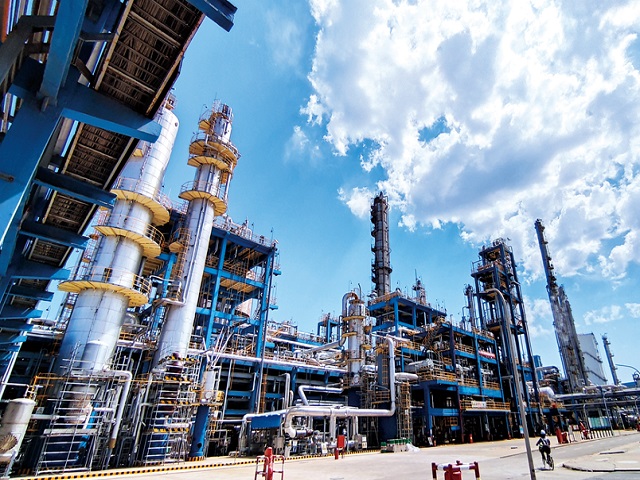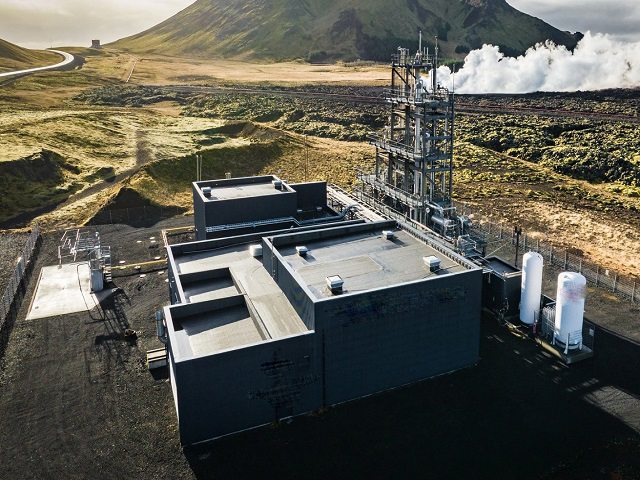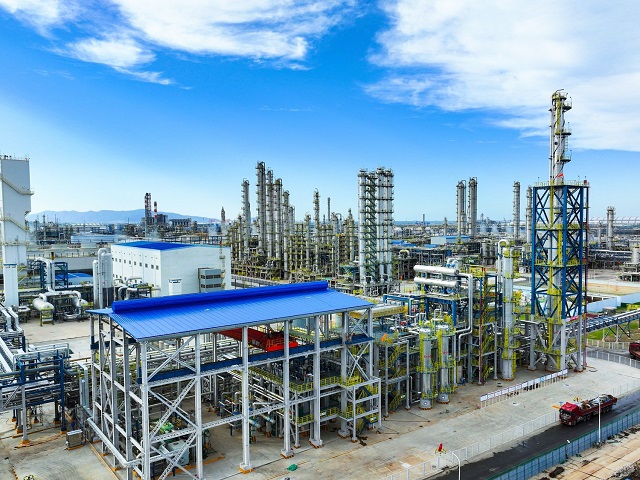
At Kerone, we are committed to producing and installing new solutions for safe and effective CO2 transport and storage in order to address the urgent problem of carbon dioxide (CO2) emissions. At Kerone, we provide a variety of solutions that assist businesses in lowering their carbon footprint and making a positive impact on a greener, more sustainable future. We are a team of specialists dedicated to sustainability.
Despite the fact that CCS may capture up to 85–95% of carbon dioxide at the expense of the energy required to separate it, which results in the net downstream emissions, it emits as much CO2 as it captures, resulting in a 72–90% reduction in emissions.
CO2 must be moved to the proper repository after being captured from any process. Transporting CO2 is most effective at pressures more than 7.4MPa and temperatures about 31˚C. The CO2 behaves like a liquid with gas-like characteristics under these circumstances. Typically, high-pressure piping systems made of carbon steel are used to handle CO2. These kinds of devices are comparable to those used in ships for the transportation of natural gases. Large-scale CO2 pipelines that are mostly found in EOR environments with low population densities already exist and have been in use for a while. Given that CO2 ships were not only not tried but also not deployed, technical issues with them may be predicted.
Old oil and gas fields and deep saline formations below 800 meters are suitable locations for CO2 deposits because they have ambient levels of heat and pressure, which would retain the greenhouse gas in either its condensate phase or at super Systems of physical and geophysical trapping guarantee that CO2 does not escape its reservoir. These technologies are similar to those used in the oil and gas industry when injecting CO2 into reservoirs. Measurement and monitoring tools are required at the storage location in order to track the quantity of storage space that becomes available following CO2 injection and well drilling. It is not widely known that unique CO2 storage improvements for injection technologies have been developed. After the injection phase is over, the well must be properly "plugged" at a suitable depth to prevent CO2 from escaping or resurfacing in higher zones or coming into touch with groundwater.
Environmental impact of CO2 Transport and Storage
Transporting and storing carbon dioxide carries a number of dangers and has some environmental repercussions, even though it is necessary to stop global warming. One major point of contention for many items that rely on transportation pipelines and storage tanks is the possibility of leaks happening here. Since carbon dioxide is bad for the environment and for human health, it would be bad if it leaked out of the storage facility. In particular, carbon dioxide suffocates people by dislodging oxygen in confined spaces and acting as a greenhouse gas. Therefore, to lower these risks, proper planning, oversight, and regulation are needed.
Additionally, moving CO2 requires additional energy, which has an impact on the environment as well. This impact is particularly seen when carbon-based infrastructure is used. The construction of pipelines or tanker systems may result in the destruction of habitat and changes in land use. Therefore, thorough studies on environmental effect assessment must be taken into consideration in addition to other efficient modes of transportation.


